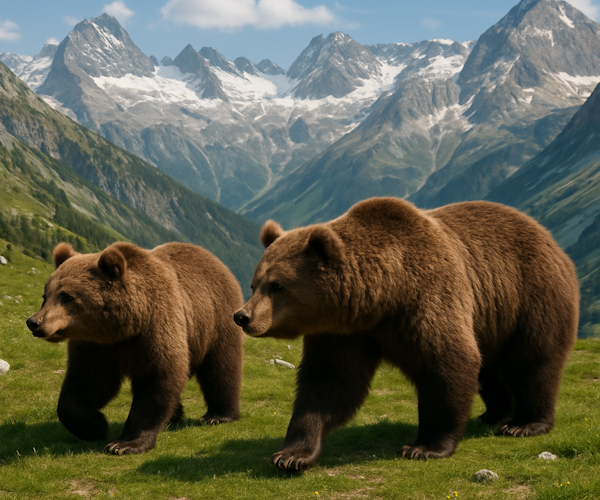Garage San Marco Venice – Central Parking Option Right Next to Venice’s Historic Center – Info for the 2025 Season
Anyone driving to Venice and wanting to park as close as possible to the historic center will sooner or later come across the Garage San Marco. The parking garage is located right at Piazzale Roma, the last point that can be reached by car next to the historic center – and is one of the most comfortable parking options for visitors to the lagoon city.
Location and Access
The Garage San Marco is located in prime location – just a few steps from the bus station, the Vaporetto pier and the entrance to the old town. The main train station is about a 10-minute walk away.
- Address: Piazzale Roma, 467/F, 30135 Venezia VE, Italy
- GPS: 45.4374° N, 12.3190° E
- Access: Free via the 4-kilometer-long Ponte della Libertà bridge, which connects the mainland with the island of Venice.
Prices & Booking (as of 2025)
The Garage San Marco is not cheap, but very popular – especially because of its top location.
- Day rate: just over €40 / 24 hours
- Hourly rate: from approx. €7 / hour (short-term parking possible)
- Reservation: Online reservation is possible and recommended – especially in high season and on weekends.
- Booking: Click here
Tip: If you want to secure a space, book early. The garage is often full days or weeks in advance!
✅ Advantages of Garage San Marco
- Most central location in Venice (right at Piazzale Roma and next to the old town)
- Covered and guarded – high security standards
- No long walks to the old town, everything is within walking distance or by Vaporetto
- Bookable online (also available in English)
- Staff on site, open 24/7
❌ Disadvantages
- Higher price compared to the municipal garage or Tronchetto
- Spaces are limited – often fully booked in high season
- No re-entry during the parking period
- Maximum vehicle height: 2.10 meters
️ Continuing into the City
From Garage San Marco you have several options to get into the historic center:
- On foot: Many sights such as the Frari Church or the Rialto Bridge can be reached in 15–25 minutes on foot.
- Vaporetto: Right next to the parking garage at Piazzale Roma, the water buses (e.g. lines 1 & 2) depart towards St. Mark’s Square, Canal Grande & more.
- People Mover: If you want to go to the island of Tronchetto or the cruise terminal, you can get there in 2 minutes with the People Mover.
Conclusion: Is Garage San Marco Worth It?
✅ Yes – if central location, comfort and safety are important to you.
If you want to park as close as possible to the old town in Venice, Garage San Marco is a great choice. Parking is more expensive than at Tronchetto, but you save yourself long walks and reach the city easily.
Video Entrance and Exit Garage San Marco Venice (YouTube)
️ Venice’s Top Sights on Foot from Garage San Marco
| ️ Sight | Walk (approx.) | Description |
|---|---|---|
| Santa Maria Gloriosa dei Frari | 8–10 min | Large Gothic church with masterpieces by Titian |
| Scuola Grande di San Rocco | 10 min | Magnificent confraternity with works by Tintoretto |
| Rialto Bridge (Ponte di Rialto) | 20 min | Historic bridge across the Canal Grande |
| St. Mark’s Square (Piazza San Marco) | 25–30 min | Center of Venice with basilica, bell tower & Doge’s Palace |
| St. Mark’s Basilica (Basilica di San Marco) | 25–30 min | Byzantine splendor with famous mosaics |
| Doge’s Palace (Palazzo Ducale) | 30 min | Political heart of the Republic of Venice |
| Bridge of Sighs (Ponte dei Sospiri) | 30 min | Connection between Doge’s Palace and prison |
| Gallerie dell’Accademia | 20–25 min | Art gallery with Venetian paintings |
| Peggy Guggenheim Collection | 25 min | Museum of modern art on the Canal Grande |
| Teatro La Fenice | 20–25 min | Famous opera house in the old town |
You cannot park more centrally in Venice! Use this link to book a space in Garage San Marco.
See also: Venice Parking Garages 2025
Our Tip
Book accommodation in Venice easily via Booking.com: Real reviews, wide selection, often fair prices and flexible cancellation.




